Success rates and factors influencing pregnancy outcome after 464 transvaginal ultrasound-guided twin reductions in the mare
Sielhorst, J., Baade, S., Neudeck, K.-C., Tönissen, A., Rohn, K., Hollinshead, F. and Sieme, H. | Equine Veterinary Journal | February 2024
The aim of this retrospective case series study was to investigate the effects of mare age and parity, gestation day on which transvaginal ultrasound-guided aspiration (TUA) was performed, vesicle location, aspiration volume, foetal puncture, medication and operator experience on pregnancy and foaling rates after TUA procedures…

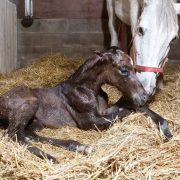
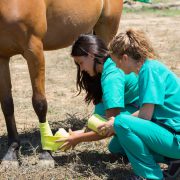
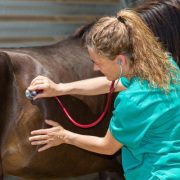
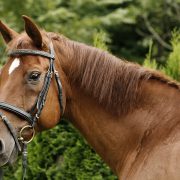
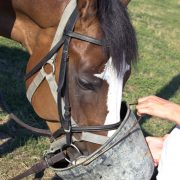
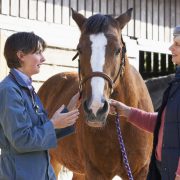


Connect with us